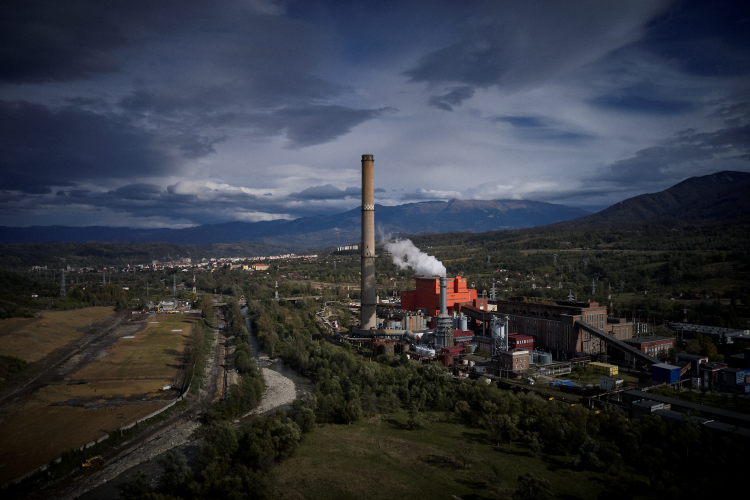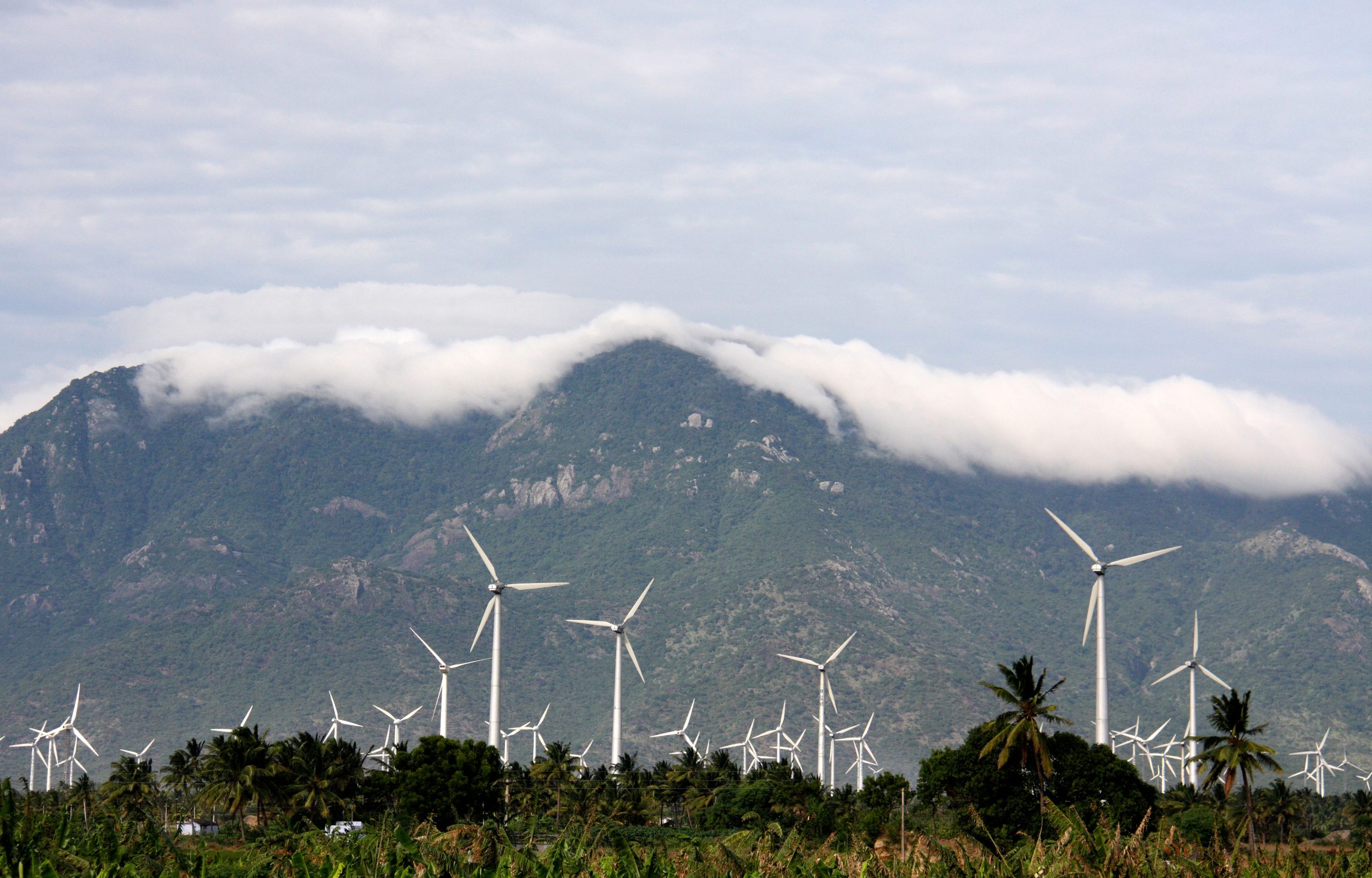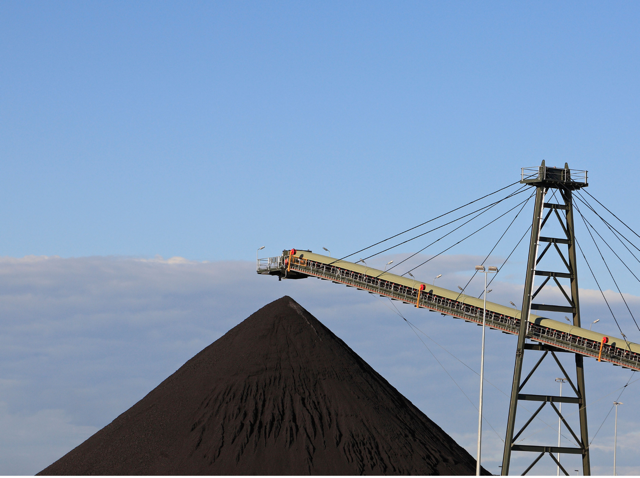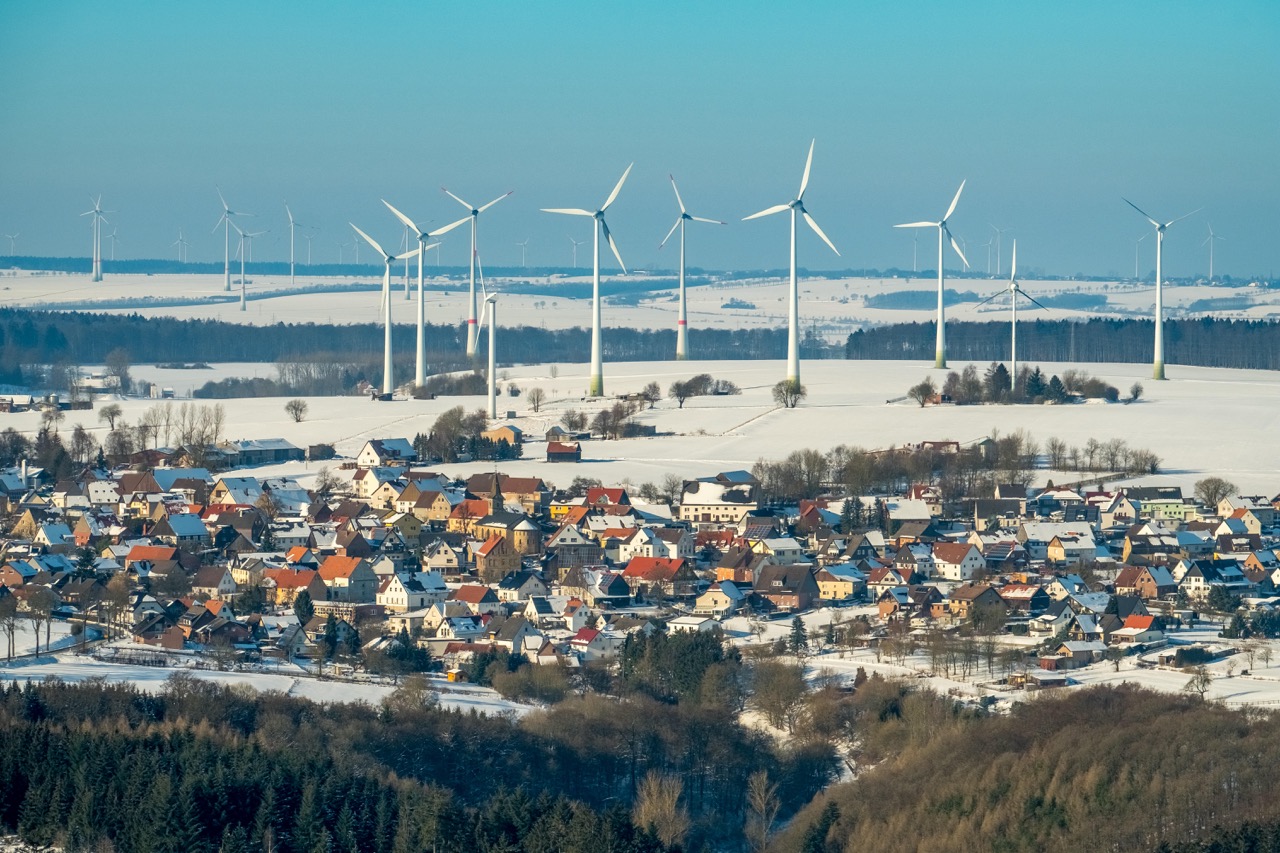Pathway to clean power
Encouraging progress in difficult times
Europe’s power sector transition made crucial progress in 2023 as the energy system emerged from a period characterised by high prices and political intervention. While the EU strengthened renewables ambition in response, Member States are not yet aiming high enough for common EU goals, and delivery remains too slow.
The gas crisis of 2022 exposed the many costs of fossil fuel dependency. It cost governments billions of euros in energy subsidies, plunged millions of Europeans into energy poverty, put global energy security at risk and drove inflation to the highest levels in decades.
While consumers and businesses still struggle with the economic fallout, the climate crisis continues to intensify, with 2023 the second hottest year on record in Europe. Against this backdrop, it is clear that the transition to affordable renewable power will help on multiple fronts. There are encouraging signs that Europe is bolstering its ambition and picking up the pace, but delivery is still not fast enough for the EU’s energy goals or international climate obligations.
As wind and solar power reach new highs across Europe, targets set by the EU and its Member States have begun to shift to reflect a future energy system dominated by renewable power. The REPowerEU plan foresees 72% of power generation coming from renewables by 2030, up from 44% in 2023. This is driven by wind and solar, which will double from 27% in 2023 to 55% in 2030.
EU Member States have started to realign their National Energy and Climate Plans (NECPs) with this future, increasing their 2030 wind and solar targets by 45% and 70% respectively, compared to just four years ago. While not yet sufficient to deliver on EU goals, the latest plans put wind and solar on track to produce the majority of EU power by 2030, with wind as the single largest source.
Europe’s direction of travel towards clean power was entrenched further by key political statements in 2023. Seven interconnected Member States pledged to decarbonise their power systems by 2035, meaning 10 Member States have now formally aligned with this critical milestone for net zero.
Furthermore, Czechia, Europe’s third largest coal power producer, joined the Powering Past Coal Alliance. The year concluded with the call from COP28 to transition away from fossil fuels, including the EU advocating for the tripling of renewables and doubling of the rate of energy efficiency improvements globally by 2030. This can be seen as a global recognition of these key tools for climate action, and places even more emphasis on the EU to deliver.
Heightened ambitions mean nothing without delivery. Despite breaking records in 2023, wind power continued to struggle against economic headwinds. Deployment must be accelerated if EU goals are to be achieved. The roll-out of solar power is a more positive story, with strong capacity growth maintained in 2023, but now is not the time for complacency. The challenges facing the power sector transition are complex but increasingly well understood: from slow permitting to outdated grid infrastructure and vulnerability to global supply chains. These complex challenges require dedicated action, guided by a clear and united vision for a clean power system.
The power sector transition must remain a political focus in 2024 in order to consolidate and build on the progress made last year. A highly electrified energy system based on cheap, domestic renewables can power Europe’s economy while slashing carbon emissions. Rapid progress is essential in order to seize the commercial advantages, uphold international climate commitments, and expedite the benefits of cheap renewables across Europe.
Related Content




